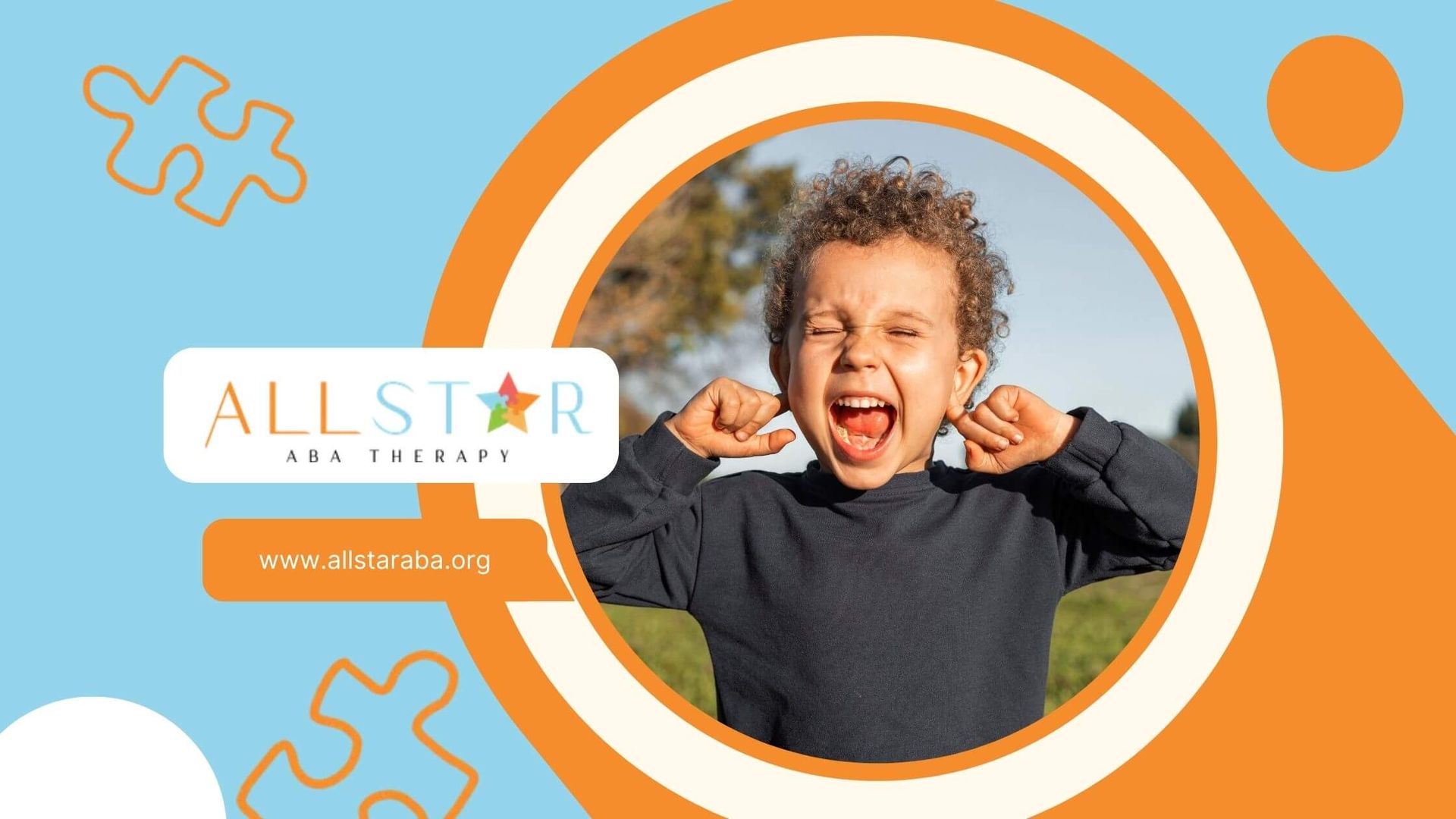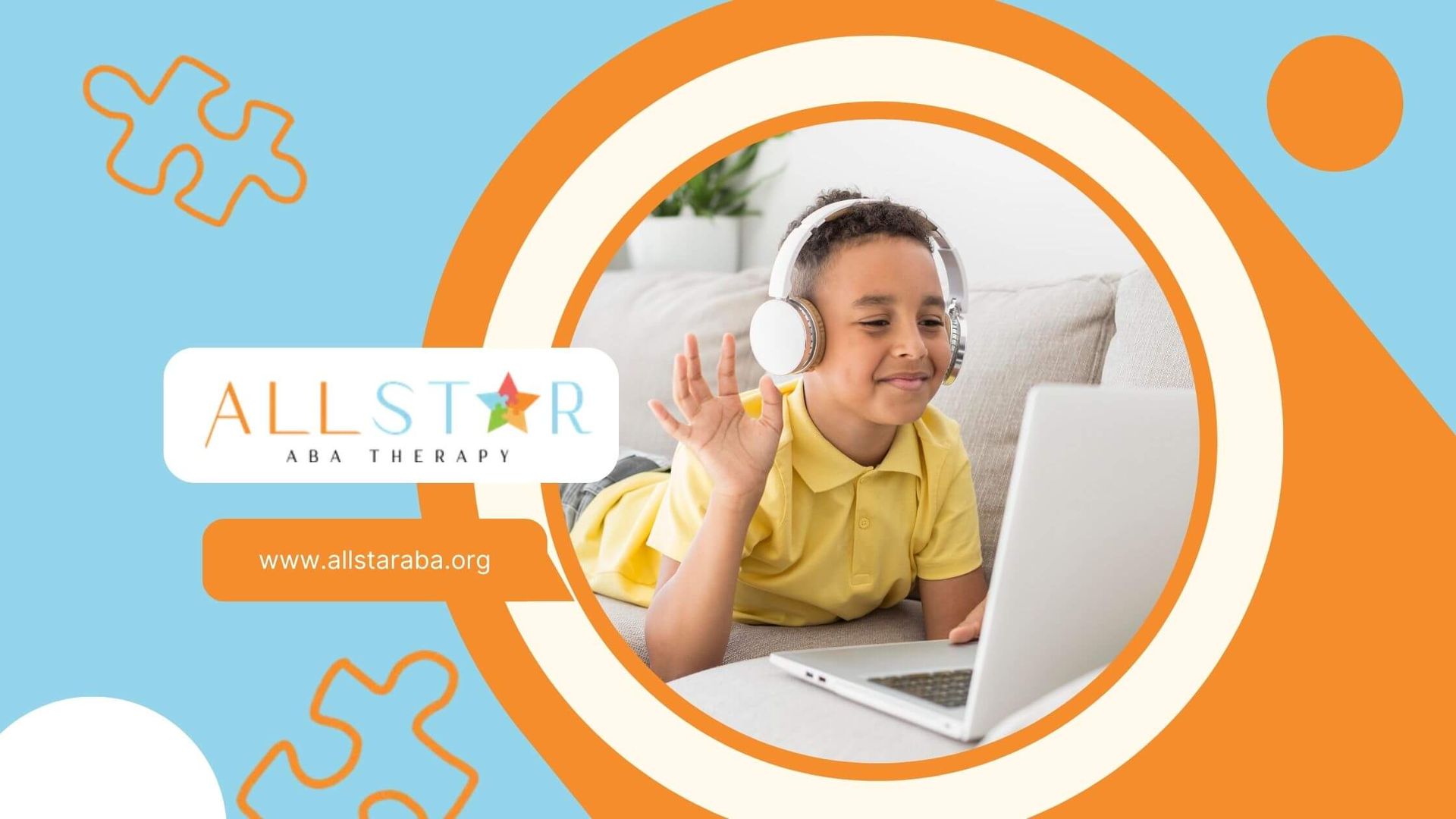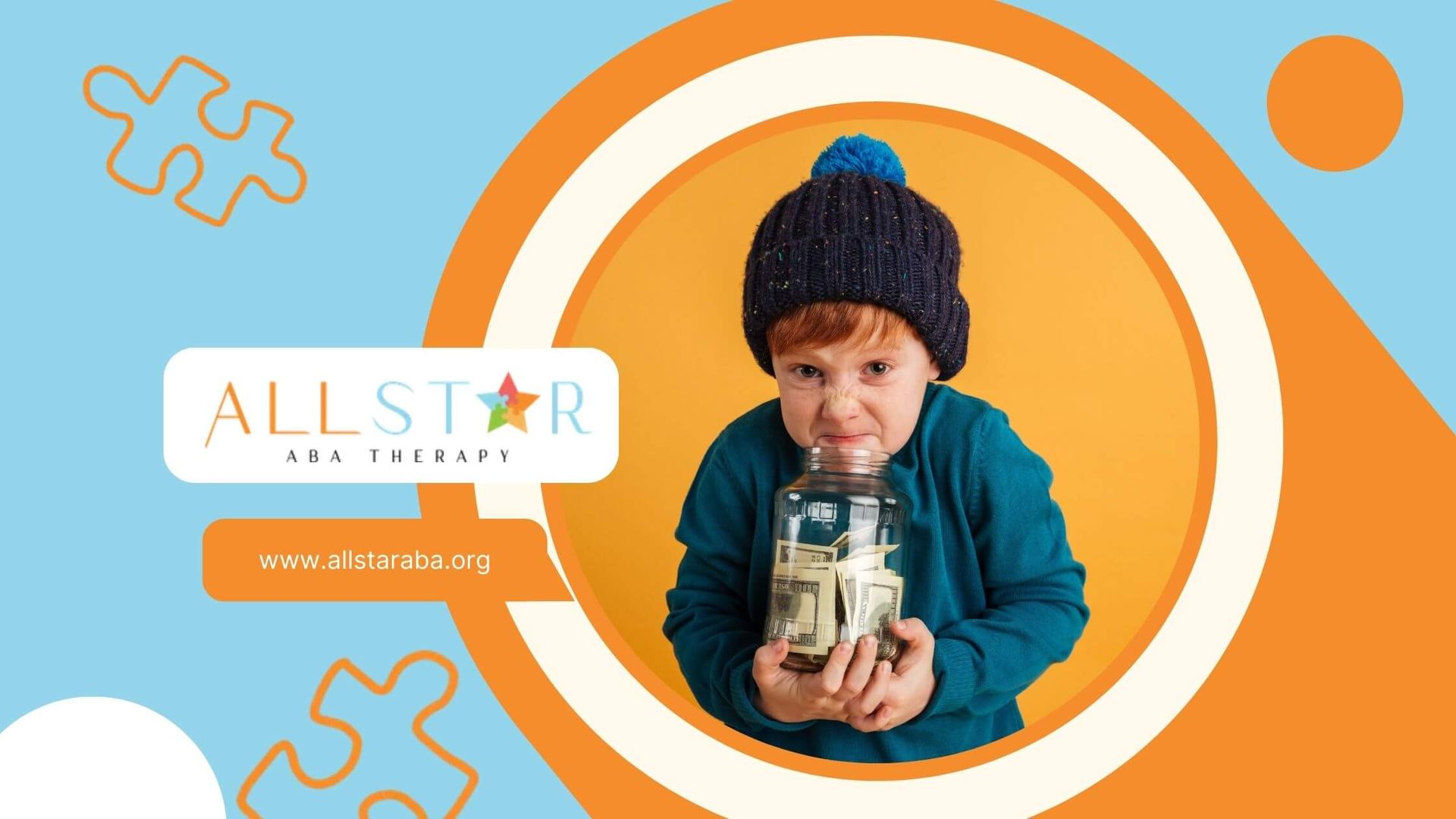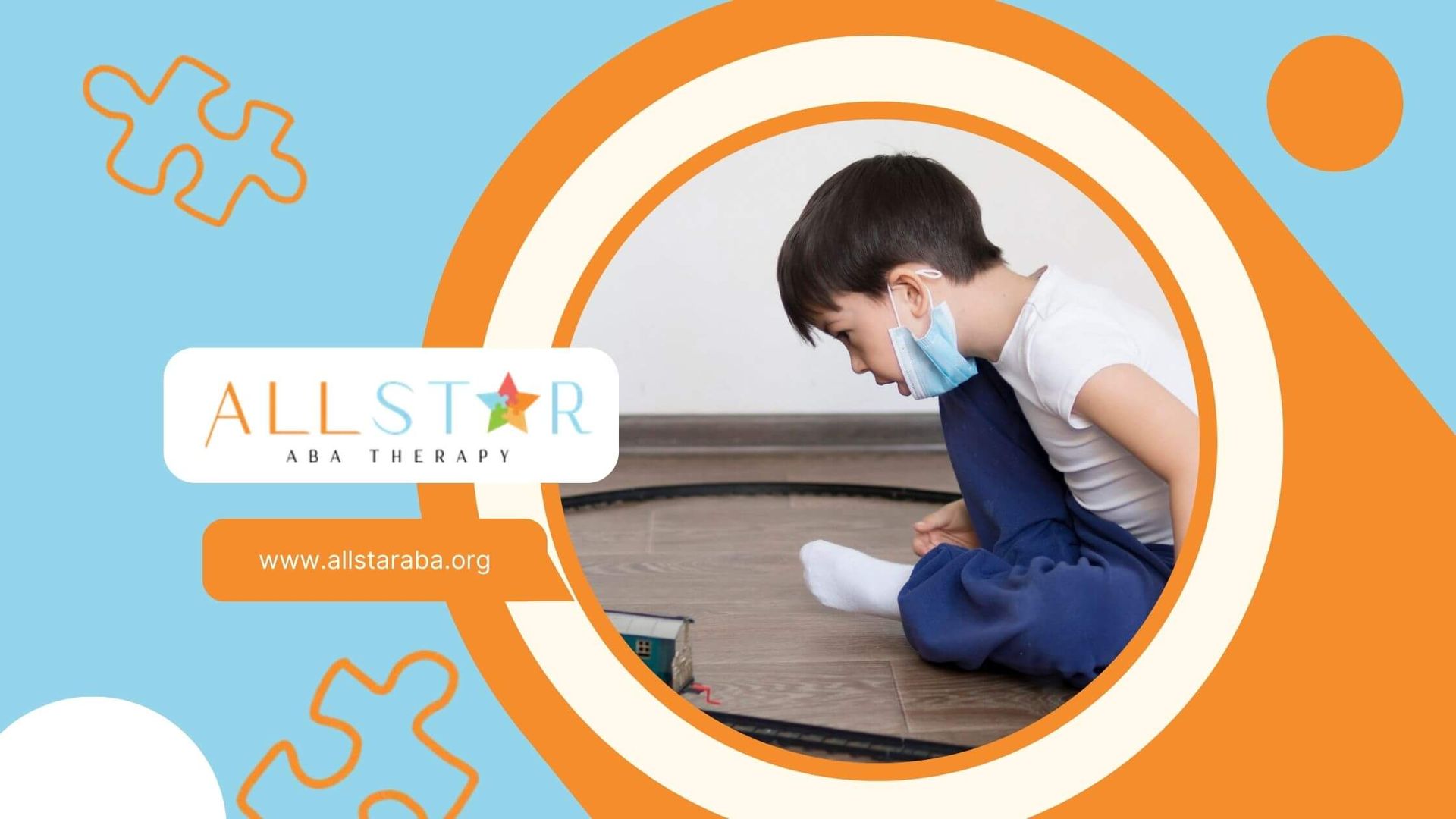New Paragraph
Behavior Intervention Plan Example: What Does BIP Mean?
When working with children who have behavioral challenges, a Behavior Intervention Plan (BIP) can be a crucial tool. But what does BIP mean, and how does it work? In this article, we'll explore the ins and outs of Behavior Intervention Plans, providing you with a clear understanding of their purpose, components, and examples of how they can be implemented effectively.
What Does BIP Mean?
A Behavior Intervention Plan (BIP) is a detailed plan developed to address problematic behaviors in children, particularly those with special needs. The goal of a BIP is to improve a child’s behavior by identifying the root causes of the behavior and providing strategies to help the child develop more appropriate behaviors.
A well-designed BIP can make a significant difference in a child's educational experience, helping them to better engage with their peers, educators, and the learning environment.
Components of a Behavior Intervention Plan
A comprehensive BIP typically includes several key components, each playing a vital role in the plan's effectiveness. Here’s a breakdown of what you can expect to find in a BIP:
Behavioral Definition
This section clearly defines the problematic behavior in specific, observable terms. For example, instead of saying a child is "disruptive," the BIP might describe the behavior as "talking out loud during instructional time without raising their hand."
Baseline Data
Baseline data is collected to establish how often the behavior occurs before the intervention begins. This data serves as a point of comparison to measure progress once the BIP is implemented.
Function of the Behavior
Understanding why a behavior occurs is crucial for developing an effective intervention. This section identifies the function of the behavior, which could be to gain attention, avoid a task, or fulfill a sensory need.
Intervention Strategies
These are the specific strategies and interventions that will be used to address the behavior. This might include positive reinforcement for desired behaviors, teaching alternative behaviors, or modifying the environment to reduce triggers.
Monitoring and Evaluation
A BIP is a living document, meaning it requires regular monitoring and evaluation to ensure it is effective. This section outlines how the child’s progress will be tracked and when the plan will be reviewed and adjusted as necessary.
Behavior Intervention Plan Example
To help clarify what a BIP looks like in practice, let’s walk through a behavior intervention plan example:
Behavioral Definition
Johnny frequently leaves his seat during class, wandering around the classroom, which disrupts his learning and that of his peers.
Baseline Data
Johnny leaves his seat an average of five times during a 30-minute class period.
Function of the Behavior
The behavior serves as an escape from difficult tasks that Johnny finds overwhelming.
Intervention Strategies
- Provide Johnny with a “break card” that he can use to request a short break when he feels overwhelmed.
- Use a visual schedule to help Johnny anticipate transitions between activities.
- Offer positive reinforcement, such as verbal praise or a small reward, when Johnny stays in his seat during designated times.
Monitoring and Evaluation
Johnny’s teacher will track the frequency of seat-leaving behaviors weekly. The BIP will be reviewed every month to assess its effectiveness and make necessary adjustments.
Why BIPs are Important
Behavior Intervention Plans are essential because they provide a structured approach to understanding and addressing challenging behaviors. Rather than simply punishing negative behavior, a BIP focuses on teaching and reinforcing positive behavior, leading to more sustainable and meaningful change.
For children with special needs, a BIP can be a critical part of their Individualized Education Plan (IEP), ensuring they receive the support they need to succeed in school.
How to Create an Effective BIP
Creating an effective BIP requires collaboration among educators, parents, and behavioral specialists. Here are some tips to ensure a successful plan:
Collaborative Team Approach
Include teachers, parents, behavioral specialists, and, when appropriate, the child in developing the BIP. A team approach ensures that all perspectives are considered.
Specific and Measurable Goals
The goals of the BIP should be specific, measurable, and realistic. Clear goals help everyone involved understand what success looks like.
Consistency is Key
Consistent implementation of the BIP across different environments (e.g., school, home) is crucial for the child’s success. Everyone involved should be on the same page about the strategies and interventions being used.
Regular Monitoring and Adjustments
Regularly review the child’s progress and make adjustments to the BIP as needed. Flexibility is important, as what works initially might need to be modified over time.
Conclusion
Behavior Intervention Plans are an invaluable tool for supporting children with behavioral challenges, providing a structured approach to understanding and modifying behavior in a positive and constructive way. By focusing on the underlying causes of behavior and implementing targeted strategies, BIPs help children develop the skills they need to succeed in school and beyond.
At All Star ABA, we specialize in creating and implementing effective strategies tailored to each child’s unique needs. Our team of experienced professionals is dedicated to helping children thrive by providing the support and strategies they need to overcome behavioral challenges. If you’re interested in learning more about how a BIP could benefit your child, contact us today to schedule a consultation.
FAQs
What does BIP mean in education?
In education, BIP stands for Behavior Intervention Plan, a strategy designed to help students with behavioral challenges by outlining specific interventions and supports to improve their behavior.
Who is involved in creating a BIP?
A BIP is typically created by a team that includes educators, parents, behavioral specialists, and sometimes the student. This collaborative approach ensures that the plan is comprehensive and tailored to the student's needs.
How is a BIP different from an IEP?
While an IEP (Individualized Education Plan) focuses on a child’s academic goals and the services needed to achieve them, a BIP specifically targets behavioral challenges and outlines strategies to address them.
Need Support?
We're Here to Help!
Our experienced team is ready to assist you. Reach out today to discuss how we can support your child's development and well-being.
Get started with expert ABA therapy today.








